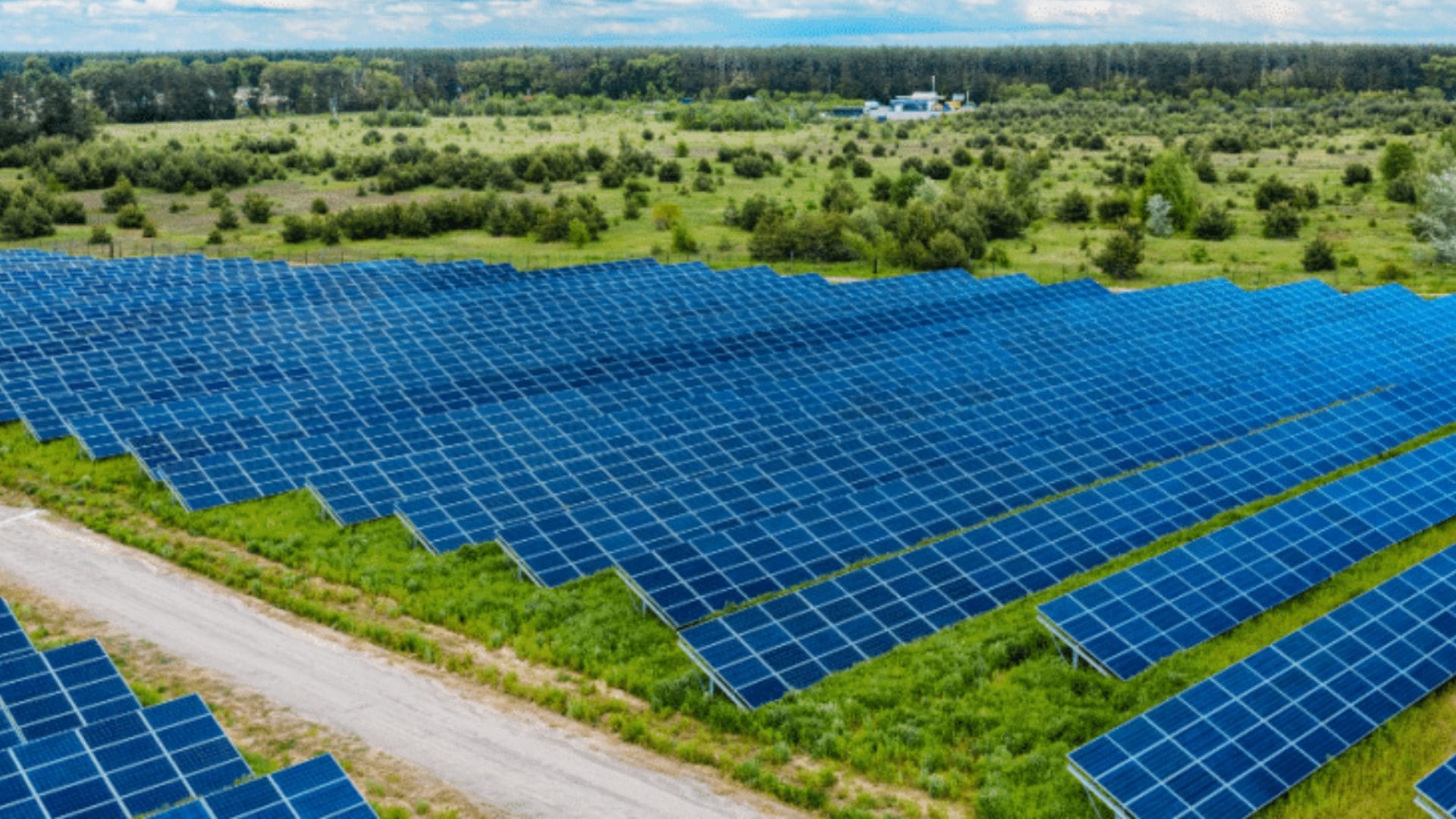Renewable Energy in Romania: A Decade of Growth and Future Prospects
- Romania | 30 May 2019

Romania’s renewable energy sector has witnessed a remarkable investment surge over the past decade, primarily from 2010 to 2016, with a particular emphasis on wind and solar power. Notably, Romania boasts Europe’s largest onshore wind park, the impressive 600 MW Fantanele-Cogealac, located in the Dobrogea region.
The country has long been recognized for its substantial potential in commercial renewable energy sources (RES), as indicated in a 2017 study by the International Renewable Energy Agency (IRENA). With such potential, Romania should be poised to significantly contribute to the EU’s collective goal of achieving 32% renewable energy in the energy mix by 2030. In fact, Romania had already surpassed its 2020 obligations by achieving 24.6% of renewables in final energy consumption (including hydropower and biomass) by 2017.
Despite these achievements, the draft National Energy Climate Plan 2021-2030 proposed by the Romanian Government aims for a relatively modest target of 27.9% renewable energy by 2030. However, this target has faced widespread criticism and has been met with a firm response from the European Commission during its recent assessment of member states’ plans. The Commission has strongly recommended that Romania should aim for a 34% target for renewable energy by 2030.
The history of renewable energy investment in Romania has been a tumultuous one. The sector experienced rapid growth, driven by a generous support scheme introduced in 2008 through Law 220/2008. The secondary legislation became available in 2011 after receiving state aid approval from the European Commission. This scheme established a mandatory quota system, complemented by a green certificates (GCs) trading mechanism.
However, just two years into the application of this RES support scheme, the Romanian government made a series of legislative changes aimed at slowing down renewable energy investment. This abrupt shift in policy affected the value of existing investments and led to the surplus of 13.5 million green certificates without buyers, amounting to around €400 million. This financial burden essentially falls on final consumers and poses a significant challenge to the renewable energy sector.
Despite the challenges, there is hope on the horizon for Romania’s RES sector. The Ministry of Energy has proposed the implementation of contracts for difference (CfD) as a risk-mitigating instrument for low carbon emissions sources, including nuclear power, RES, and potentially carbon capture and storage (CCS) in the long term. CfDs are viewed as more competitive state aid mechanisms that can minimize the cost impact on end-energy consumers, especially for renewables.
The Romanian government is considering allocating €125 million annually for CfDs in RES capacities, which will be defined according to a national RES zoning plan. This approach has proven successful in other EU countries like the UK and Poland, where wind park projects secured CfDs through competitive allocation rounds at remarkably low levels.
To ensure the success of the Romanian renewable energy sector, it is crucial that the government swiftly implements the legal framework for contracts for difference, with a target date of December 2019, in order to provide the necessary support for clean energy investments.
Eduardo Nieto, Country Manager of EDP Renewables Romania, has suggested an alternative support scheme that addresses both new projects and existing investments dependent on green certificates. A feed-in premium scheme and the possibility to transition existing installed capacities to this new model could provide clarity on future returns and resolve existing challenges.
In conclusion, Romania’s renewable energy journey has been marked by both achievements and setbacks. However, with a strategic shift towards supportive mechanisms like contracts for difference and a commitment to higher renewable energy targets, Romania can continue its growth in the renewable energy sector and contribute significantly to a greener European future.








